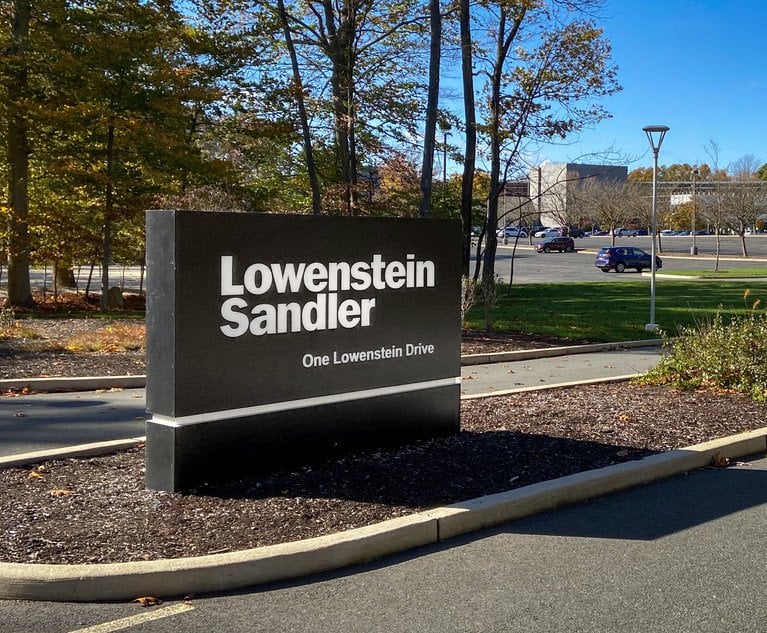 The M&A landscape has drastically changed in the last few years as waves of investors have rushed to join the trend of setting up Special Purpose Acquisition Companies (SPACs) as a seemingly more appealing way to take a company public than a traditional IPO. However, while the recent SPAC boom can be largely attributed to the promise of a speedy and efficient path to a public market, investors, spurred by recent guidance and statements from the S.E.C., are increasingly crying halt. Minority shareholders in particular are alleging in a spate of suits that they are victim of inequities in the SPAC process. This article discusses the tactics that dissenting shareholders can deploy to redress the heavy-handed tactics of majority shareholders and SPAC management.
The M&A landscape has drastically changed in the last few years as waves of investors have rushed to join the trend of setting up Special Purpose Acquisition Companies (SPACs) as a seemingly more appealing way to take a company public than a traditional IPO. However, while the recent SPAC boom can be largely attributed to the promise of a speedy and efficient path to a public market, investors, spurred by recent guidance and statements from the S.E.C., are increasingly crying halt. Minority shareholders in particular are alleging in a spate of suits that they are victim of inequities in the SPAC process. This article discusses the tactics that dissenting shareholders can deploy to redress the heavy-handed tactics of majority shareholders and SPAC management.
SPACs have been around since the 1990s, but they have sharply increased in popularity over the last few years. Katie Kolchin, Spotlight: 2020, the Year of the SPAC 3 (SIFMA Insights 2020). In 2020 alone, SPAC proceeds jumped by 462% year-over-year and outperformed traditional IPOs, while taking up about 50% of market share. Sanghamitra Saha, 2020 Has Been the Year of SPAC IPOs: Here are the Prominent 4, NADSAQ (Dec. 28, 2020). The trend continued strong this year, as 366 SPAC IPOs with gross proceeds over $112.7 billion were executed by early July, as compared to 248 total SPACs in 2020 and 59 in 2019. SPAC Statistics, SPACInsider (last visited July 9, 2021). From January to about mid-March in 2021, over 72% of all companies taken public were SPACs. Preston Brewer, Are SPACs Why Securities Litigation Is Way, Way Up?, Bloomberg Law (March 16, 2021). However, this increase in SPAC filings has recently been confronted by an increase of litigation from dissenting shareholders.






